Widest optical range — even more applications
Rotor-Gene Q has an unrivaled optical range with up to 6 channels spanning from UV to infrared wavelengths and can, therefore, be used with a number of different fluorophores. The software also allows the addition of new wavelength combinations so that it will be compatible with new dyes to be used in future applications. Today, the instrument can be used for applications such as gene expression analysis, genotyping, pathogen detection, mutation analysis, DNA methylation analysis, and miRNA research.


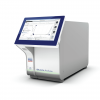









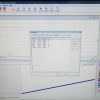
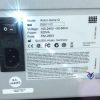
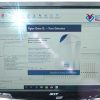
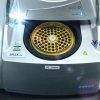
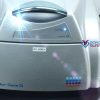
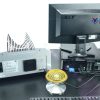
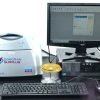






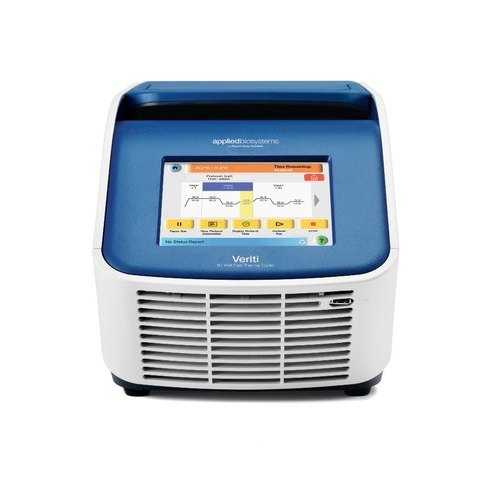



Reviews
There are no reviews yet.